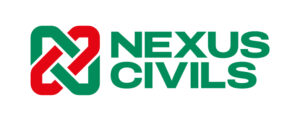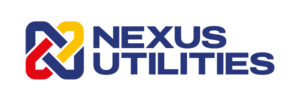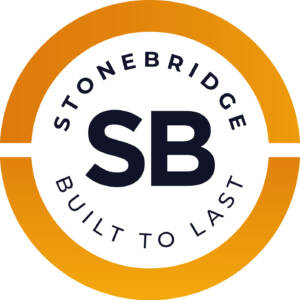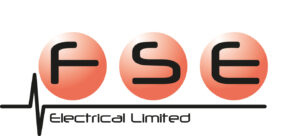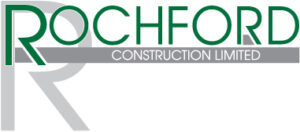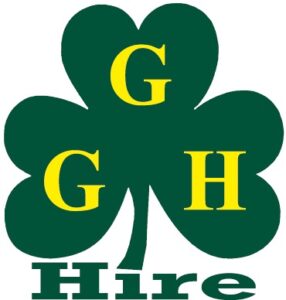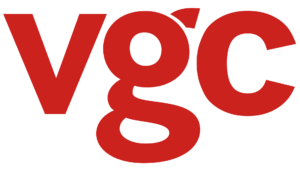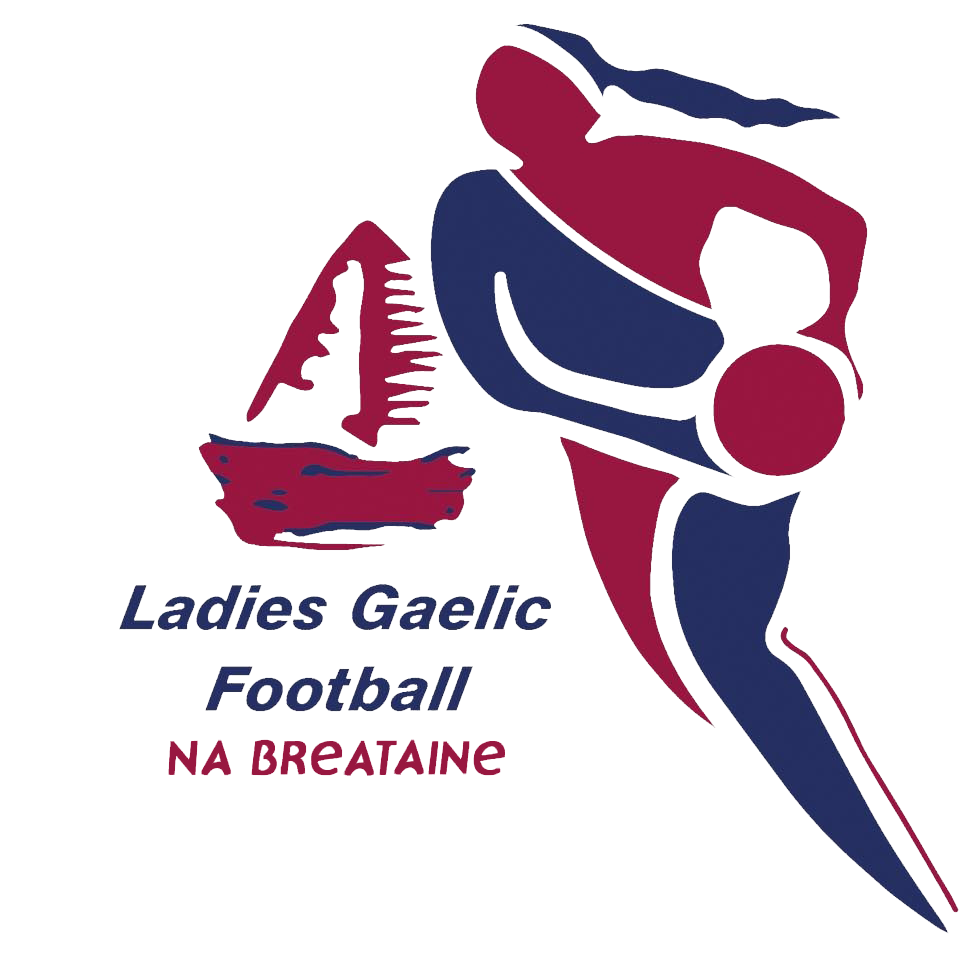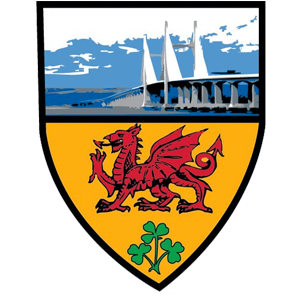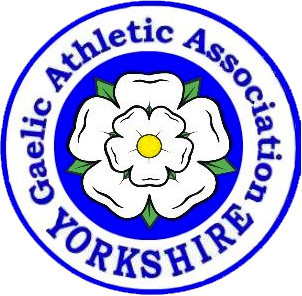Men’s Gaelic football is a team sport. It is played between two teams of 15 players on a rectangular grass pitch. The objective of the sport is to score by kicking the ball into the other team’s goals (3 points) or kicking or punching the ball between two upright posts above the goals and over a crossbar 2.5 metres (8.2 ft) above the ground (1 point).
Players advance the football, a spherical leather ball, up the field with a combination of carrying, bouncing, kicking, hand-passing, and soloing (dropping the ball and then toe-kicking the ball upward into the hands).
A point is awarded for kicking or hand-passing the ball over the crossbar, signalled by the umpire raising a white flag. A goal is awarded for kicking the ball under the crossbar into the net, signalled by the umpire raising a green flag.
Positions in Gaelic football are similar to that in other football codes, and comprise one goalkeeper, six backs, two midfielders, and six forwards, with a variable number of substitutes.
Gaelic football is one of the few remaining strictly amateur sports in the world, with players, coaches, and managers prohibited from receiving any form of payment.
Our member, the Provincial Council of Britain Gaelic Athletic Association is responsible for the regulation of competitions for girls under the age of 12, and for all boys and men’s competitions at club, county and university level.
In addition to delivering men’s and underage ladies gaelic football games in the traditional competition formats of league and championship; age specific and skill based games and competitions are also played with a view to developing players confidence and skills as they mature in their journey as a Gaelic Football player.
Examples of Gaelic Football coaching pathways are set out in the links below:
Youth Participation Games, Super Games Centres, Talent Academies, Go Games






